Taking a short break from science horror to talk some more about steampunk, because our superior mechanical overlords assure me it’s the next big thing. But what exactly is steampunk? Instead of wading into a potentially contentious debate about definitions, I will think outside the boiler (see what I did there) and attack the questions sideways.
Now in the grand scheme of SF, the term “steampunk” is relatively new. There are dozens (if not hundreds) of works dating from the decades before that could easily fall within the genre if it had existed. Meanwhile, even with its growing popularity, there are still plenty of books that on their face look steampunk, but the author had no intention of classifying it as such.
Below are just a few examples of those creations that either pre-date the movement or run parallel to it. Airships, steam engines, aristocrats and other steampunk tropes can be found in all of these works. It is not meant to be an exhaustive list and I am sure some people will disagree with me, but enough of that nonsense, let’s take a look:
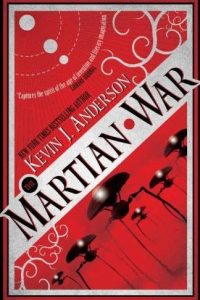 The Martian War by Kevin J. Anderson (2006)
The Martian War by Kevin J. Anderson (2006)
Turns out all of HG Wells’ stories hold a kernel of truth. He read Dr. Moreau’s journel, matched wits with an invisible thief, rode a Cavorite spaceship and fought Martians. In the spirit of League of Extraordinary Gentlemen, fictional and historical characters interact in imaginary settings. Meanwhile you still get past humans forced to deal with modern issues, such as biological weapons and feminism. Although this is the first of many fictional/historical character mash-up, it deserves recognition for seamlessly blending Wells’ works.
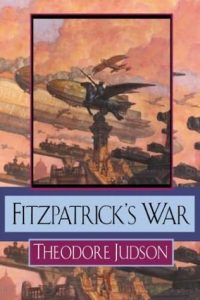 Fitzpatrick’s War by Theodore Judson (2004)
Fitzpatrick’s War by Theodore Judson (2004)
One thing I like about steampunk is how it illuminates the historic BS people have been fed about the Victorian Age. Yes there was peace, prosperity and refined sensibilities, but at what cost? No book emphasizes that more than Fitzpatrick’s War. Written as an autobiography by a twenty-fifth century general, complete with footnotes written by a stereotypical British professor residing in the twenty-sixth century, our protagonist attempts to tell the true story of Lord Isaac Prophet Fitzpatrick. Meanwhile, the professor works to refute him at every turn, sticking to the accepted version of history. Set in the future where EMP weapons have made any technology above steam power useless, the powerful Yukon Confederacy sits astride the world with the help of Timermen, a secret society of engineers who maintain the status quo. As we follow our narrator we see him evolve as a character as he is forced to confront the prejudices and lies of his culture.
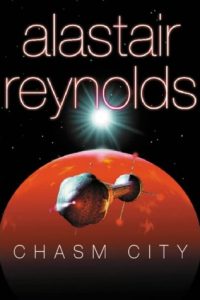 Chasm City by Alastair Reynolds (2001)
Chasm City by Alastair Reynolds (2001)
Our narrator tracks down a killer in the most advanced human civilization ever…well it used to be. A nano-virus has decimated the near-utopia and forced humanity back to a primitive existence on a lifeless world. The steam train ride into “Chasm City” is a powerful reminder of this future’s former golden age and how fragile all of our accomplishments really are. In this universe, immortal aristocrats hunt the poor who cling to life on the decaying ruins of one of humanity’s greatest cultures. Sounds like it’s got the punk part right at least.
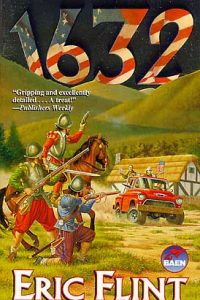 1632 by Eric Flint (2000)
1632 by Eric Flint (2000)
The first book in this multi-novel, collaborative series. It features a West Virginian coal mining town being transported to the middle of Germany during the Swedish intervention of the Thirty Years’ War. At first the time displaced Americans make use of their advanced tech to gain an advantage over the combatants, but lacking a modern infrastructure they are forced to make due with more primitive, but still more advanced then contemporary technology, substitutes. Steam power is popular, as is monorails and fluidic computers. At the last WorldCon, I actually sat through a panel on the 1632 universe. The panelists admitted the technology of their universe could be classified as steampunk, but they like to call it “weird tech” because it actually works. A criticism of steampunk is the unrealistic technology, but hard SF fans might enjoy 1632 and its sequels if they are looking to easer their way into the genre.
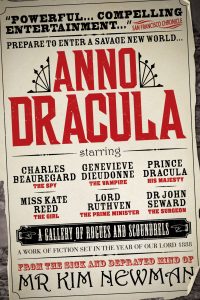 Anno Dracula by Kim Newman (1992)
Anno Dracula by Kim Newman (1992)
It took me a while, but I finally got to Victorian England. In this universe, Count Dracula is successful in defeating Van Helsing and his allies. Now its 1888 and Vampires move freely in society under the leadership of the new Prince Consort and the now immortal Queen Victoria. Nevertheless, not everyone is happy with being ruled by the Nosferatu and a serial killer who hunts vampire prostitutes might just be the spark that tears apart Dracula’s empire of the night. Like The Martian War, Anno Dracula features a bevy of historical and fictional characters, but Newman has not limited himself to just one author’s body of work. Only the first book in an epic alternate history series stretching to the 1980s, it features references from the most obscure corners of pop culture. I know everyone praises League of Extraordinary Gentlemen, and while it is certainly a good series, it has nothing on Newman’s blood-drenched universe.,
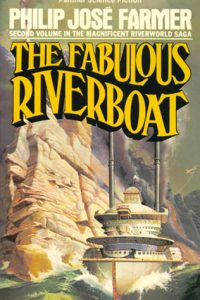 The Fabulous Riverboat by Philip José Farmer (1971)
The Fabulous Riverboat by Philip José Farmer (1971)
The second novel of Farmer’s Riverworld series, set in a world where almost every human who has ever lived has been reborn on a planet-sized river valley. While most humans remain content to stay close to whatever bank of the river they woke up at, Samuel Clemens dreams of building the greatest riverboat ever seen to find the source of the great river and perhaps solve the mystery of this strange world once and for all. The problem is there is not a lot of metal on Riverworld and how the characters get around it introduces us to some intriguing inventions (i.e. plastic bullets). Meanwhile Clemens stocks his ship with some of the greatest historical personalities of all time. Historical team-ups are a huge part of several steampunk works, but the Riverworld series has every single team-up imaginable and does it well.
These are just a few books I wanted to list. Can you think of any?




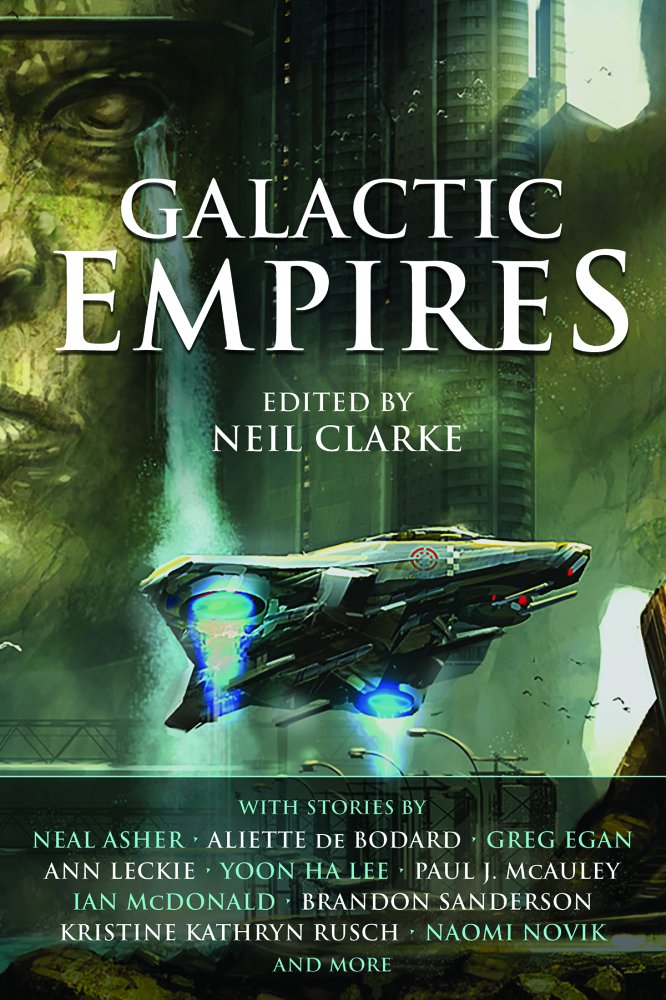




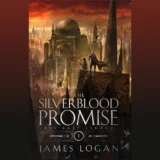

Another couple you could add to the list there would be "The Peshawar Lancers" By S.M.Stirling, and "The Difference Engine" by WIlliam Gibson.
I almost added The Peshawar Lancers, but since Stirling is the guest of honor at Steamcon I figured it has now been fully accepted into the steampunk community (https://www.steamcon.org/steamcon_v/index.php).
As for The Difference Engine…does someone out there really not considered steampunk? There are those who credit it with creating the modern genre (https://en.wikipedia.org/wiki/Steampunk#Literary). I for one plan to read when I cover steampunk in more depth.